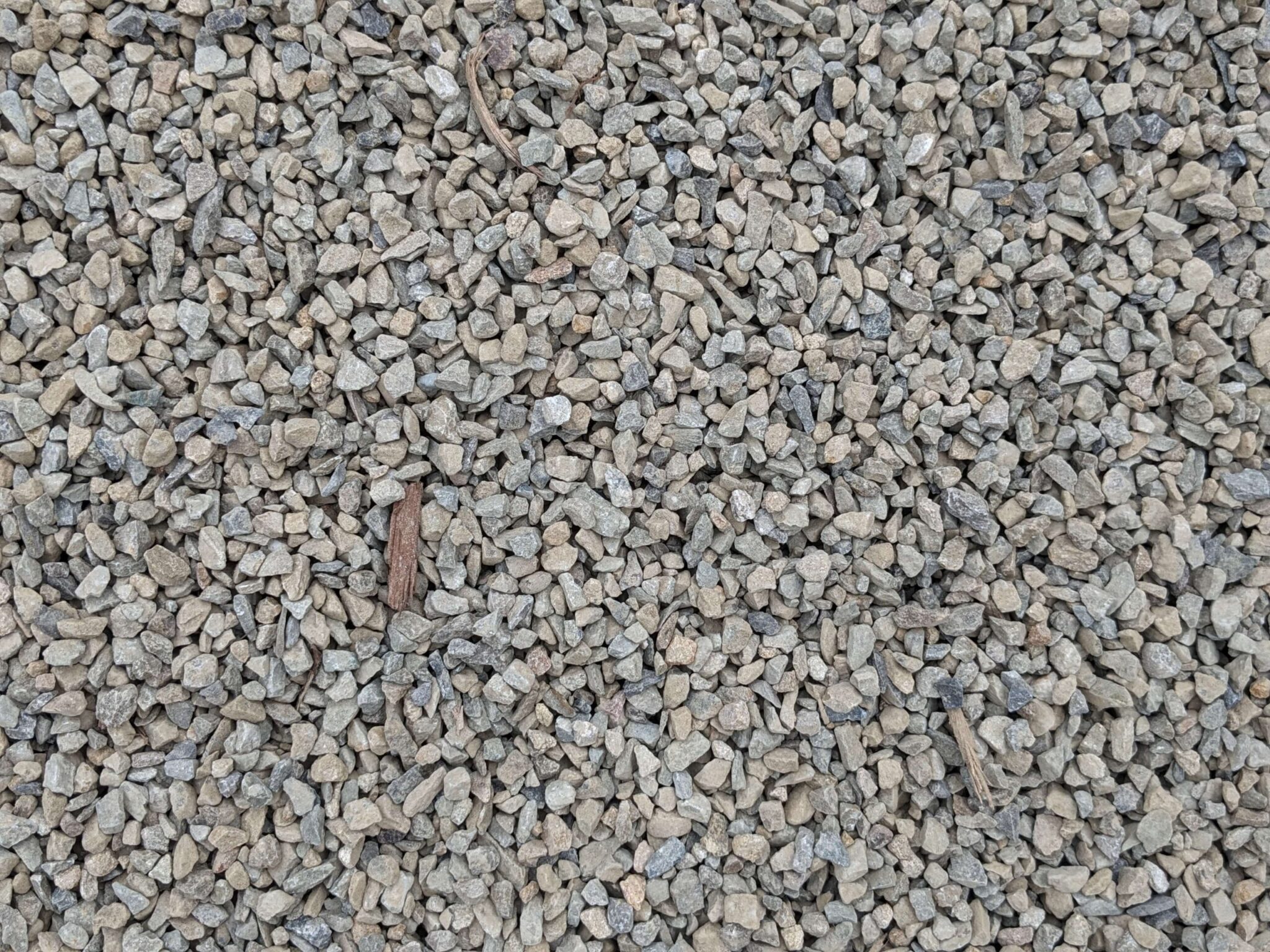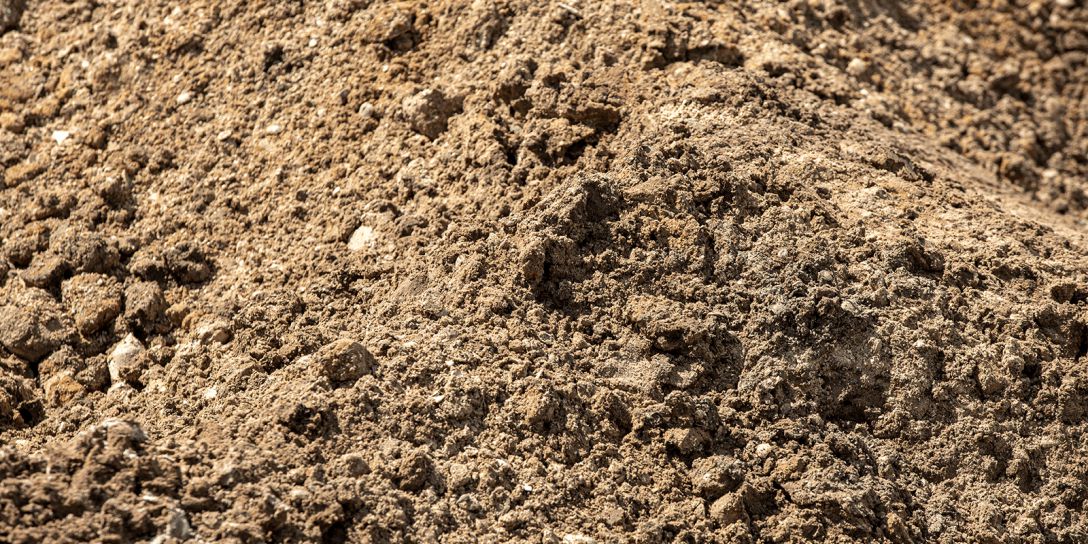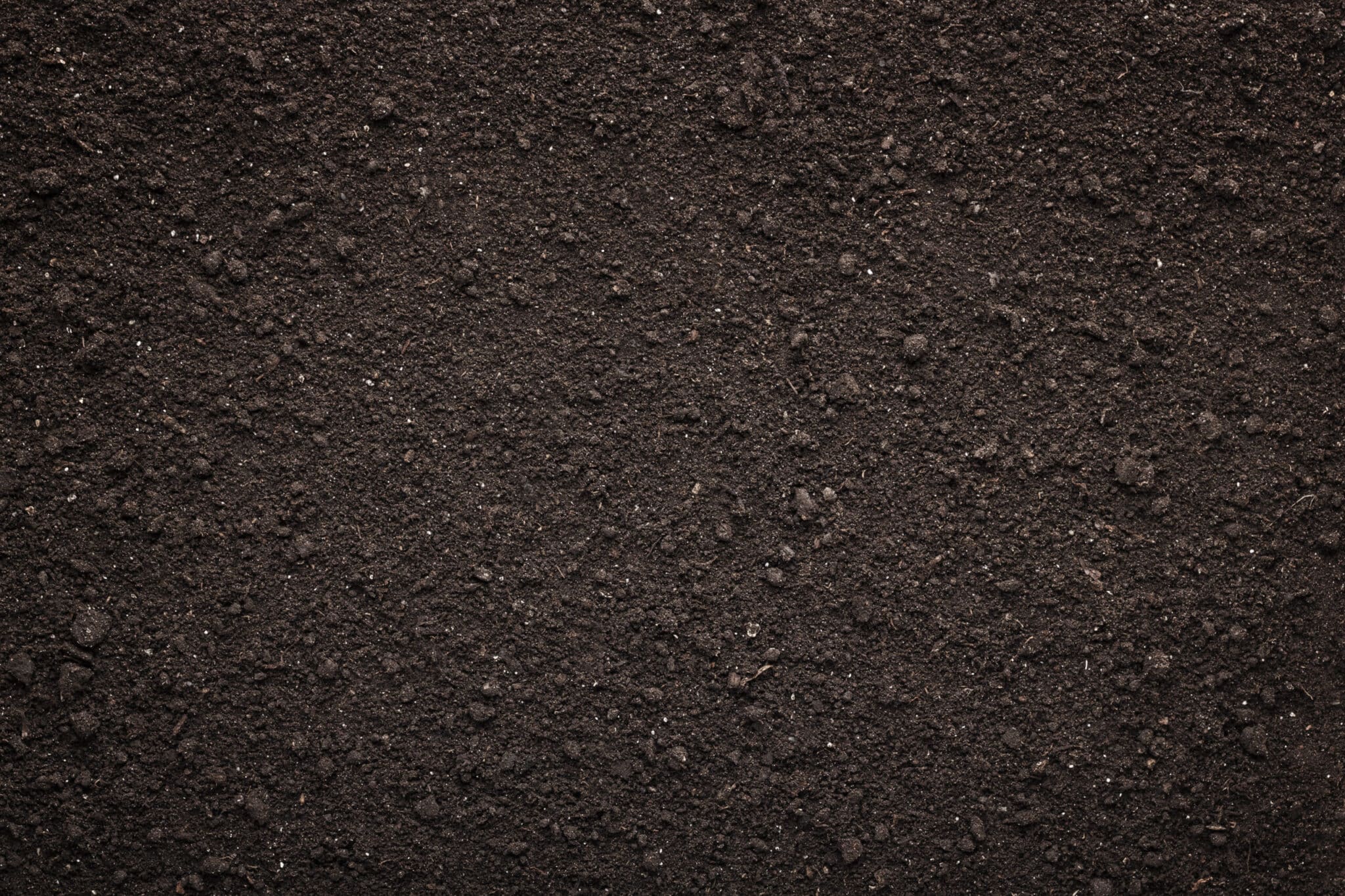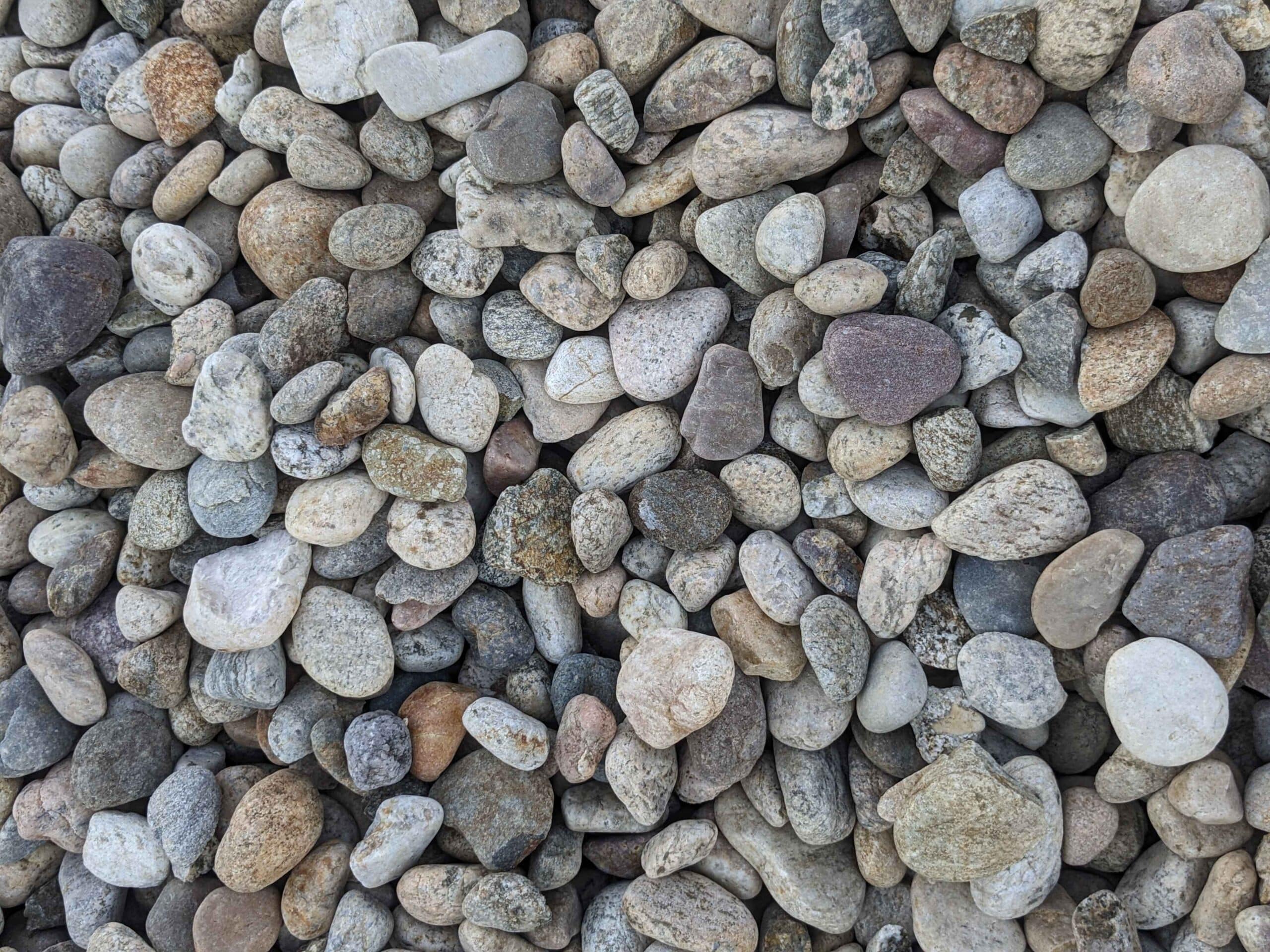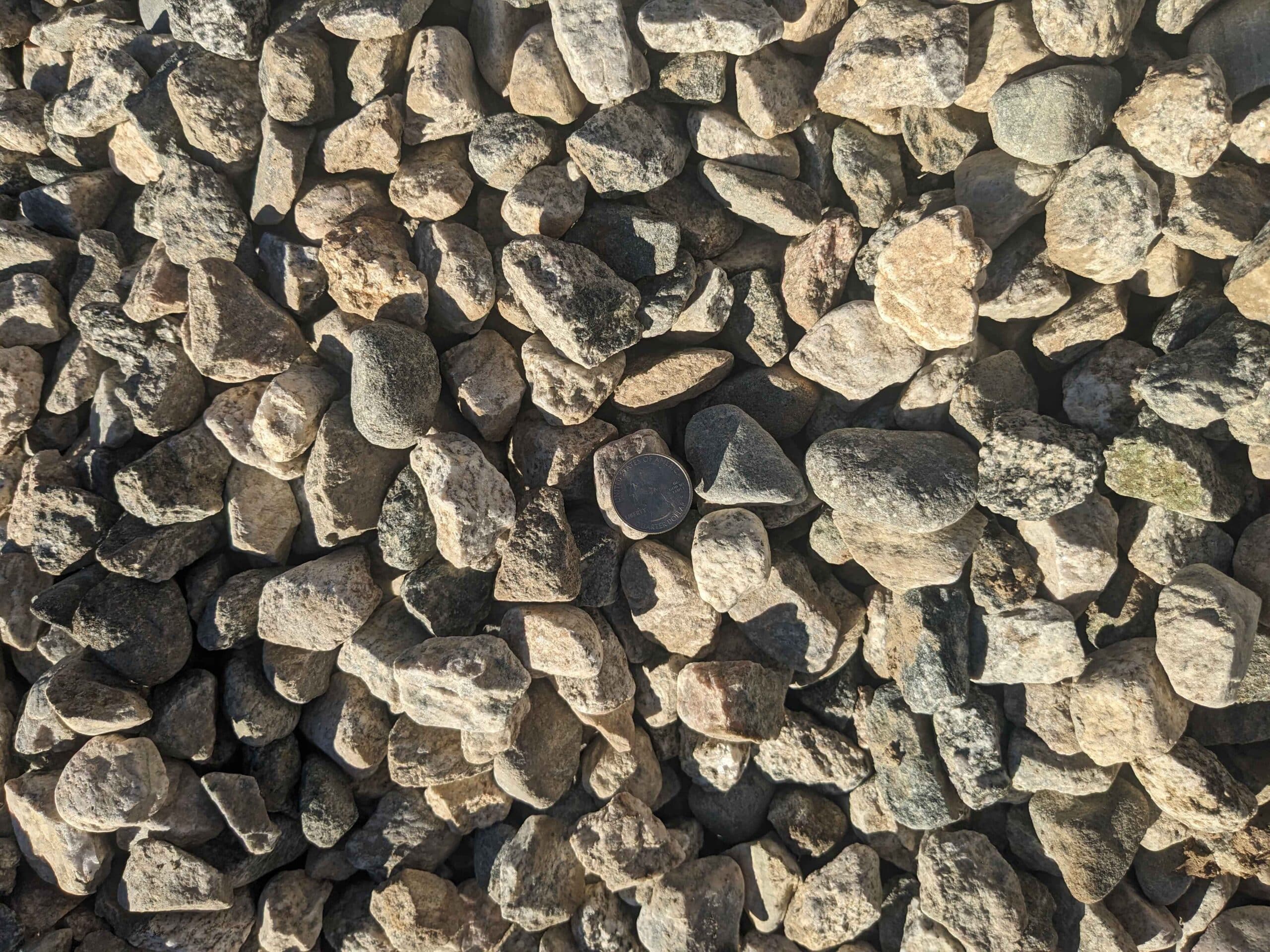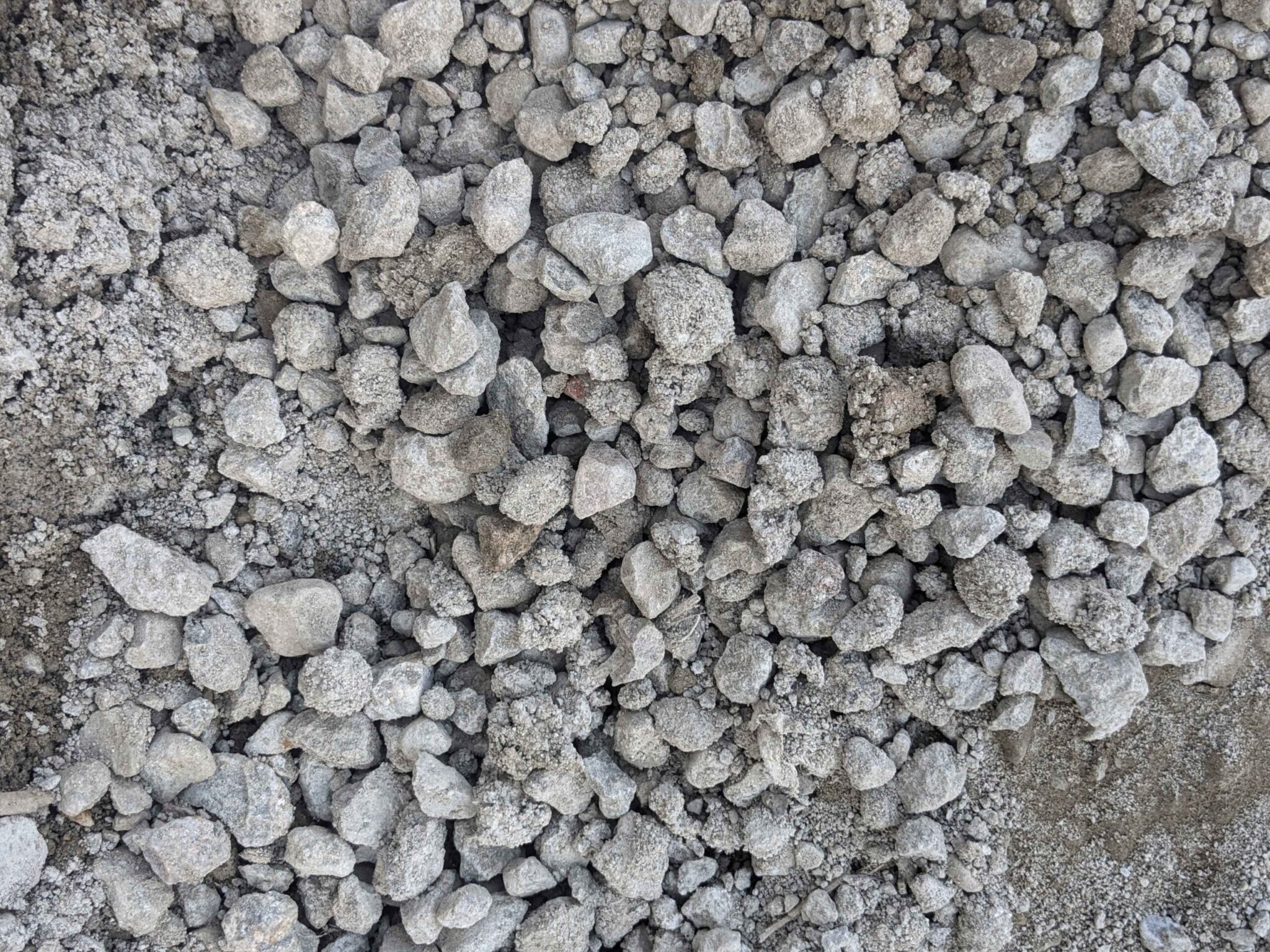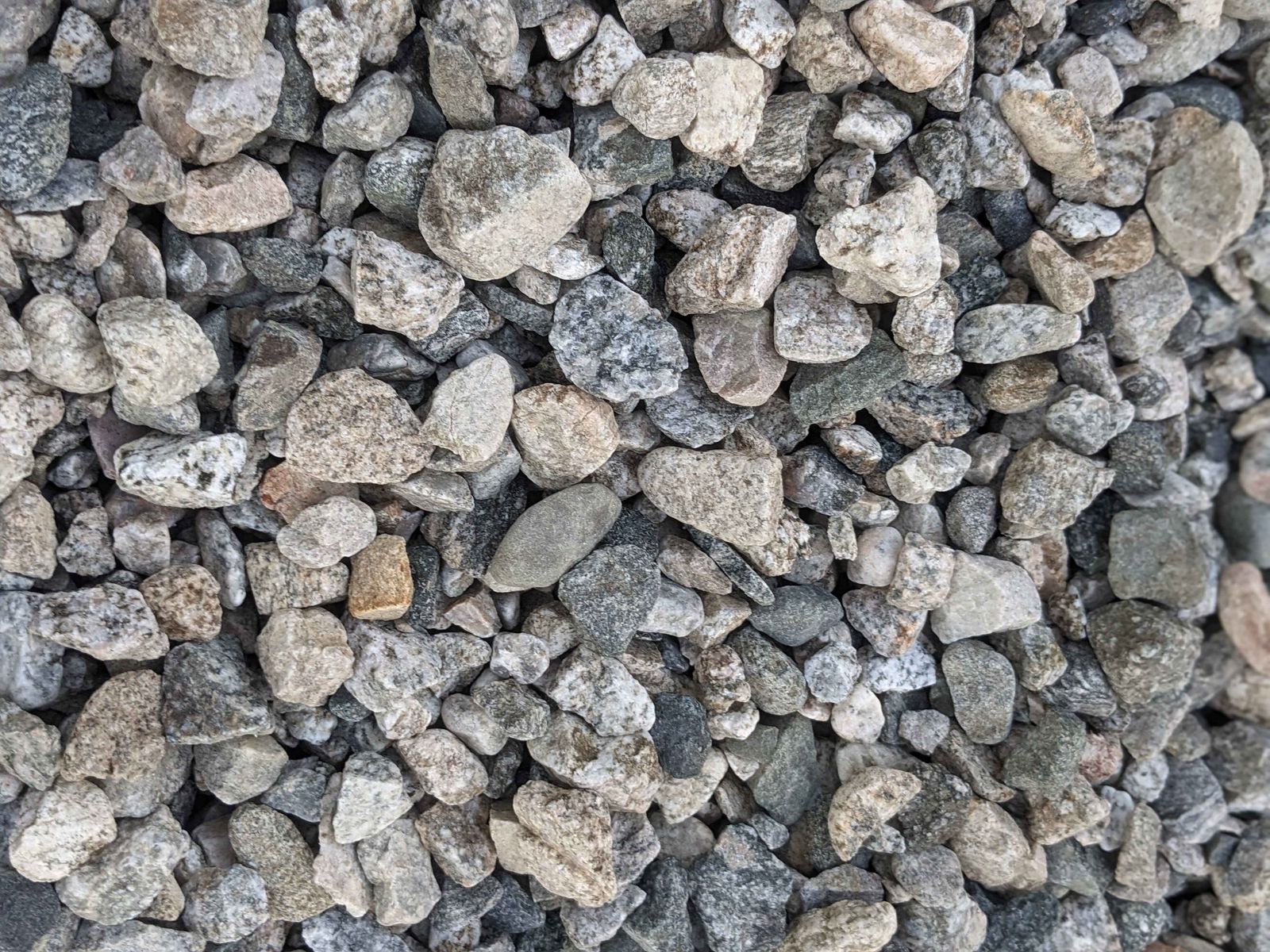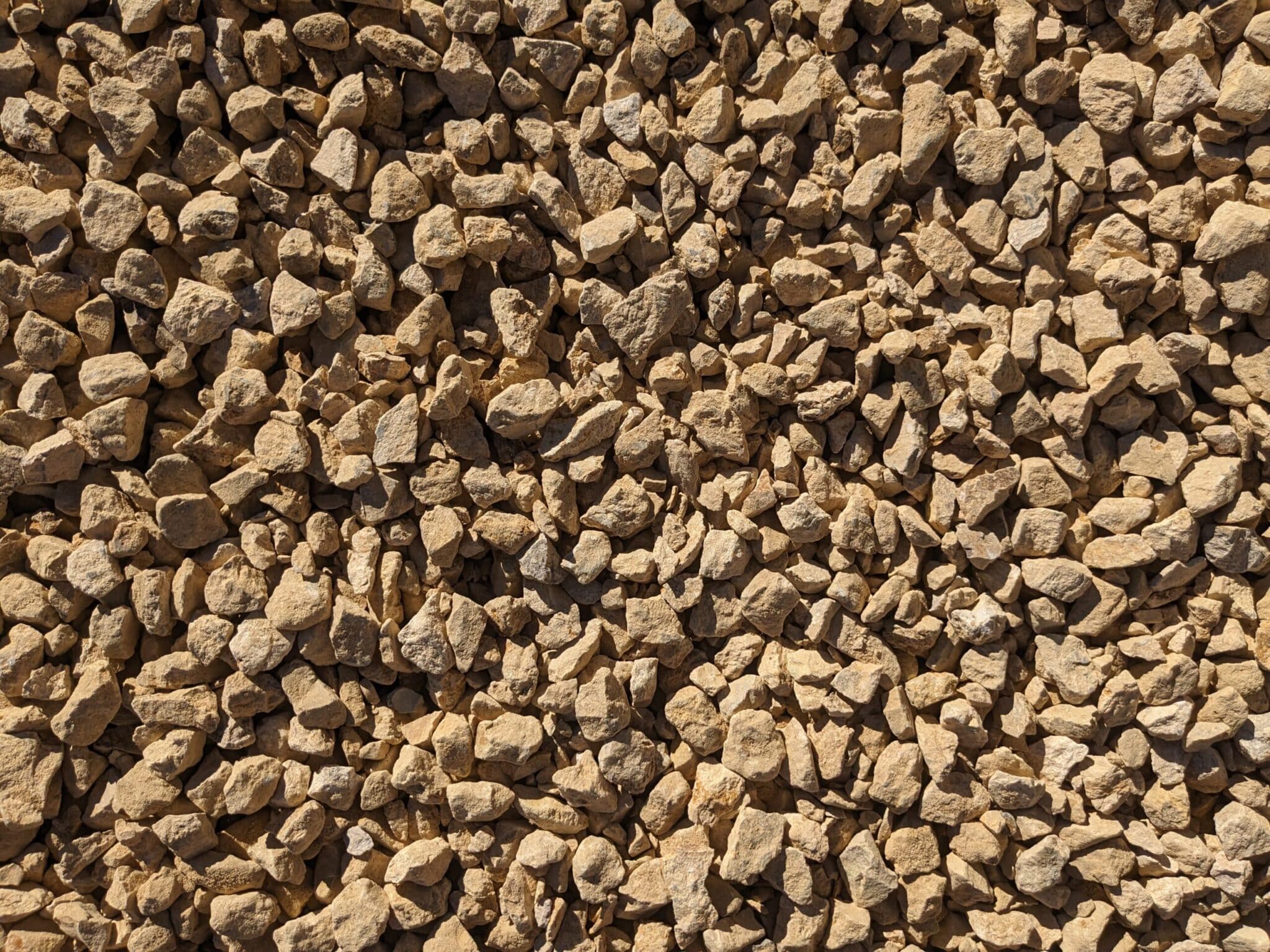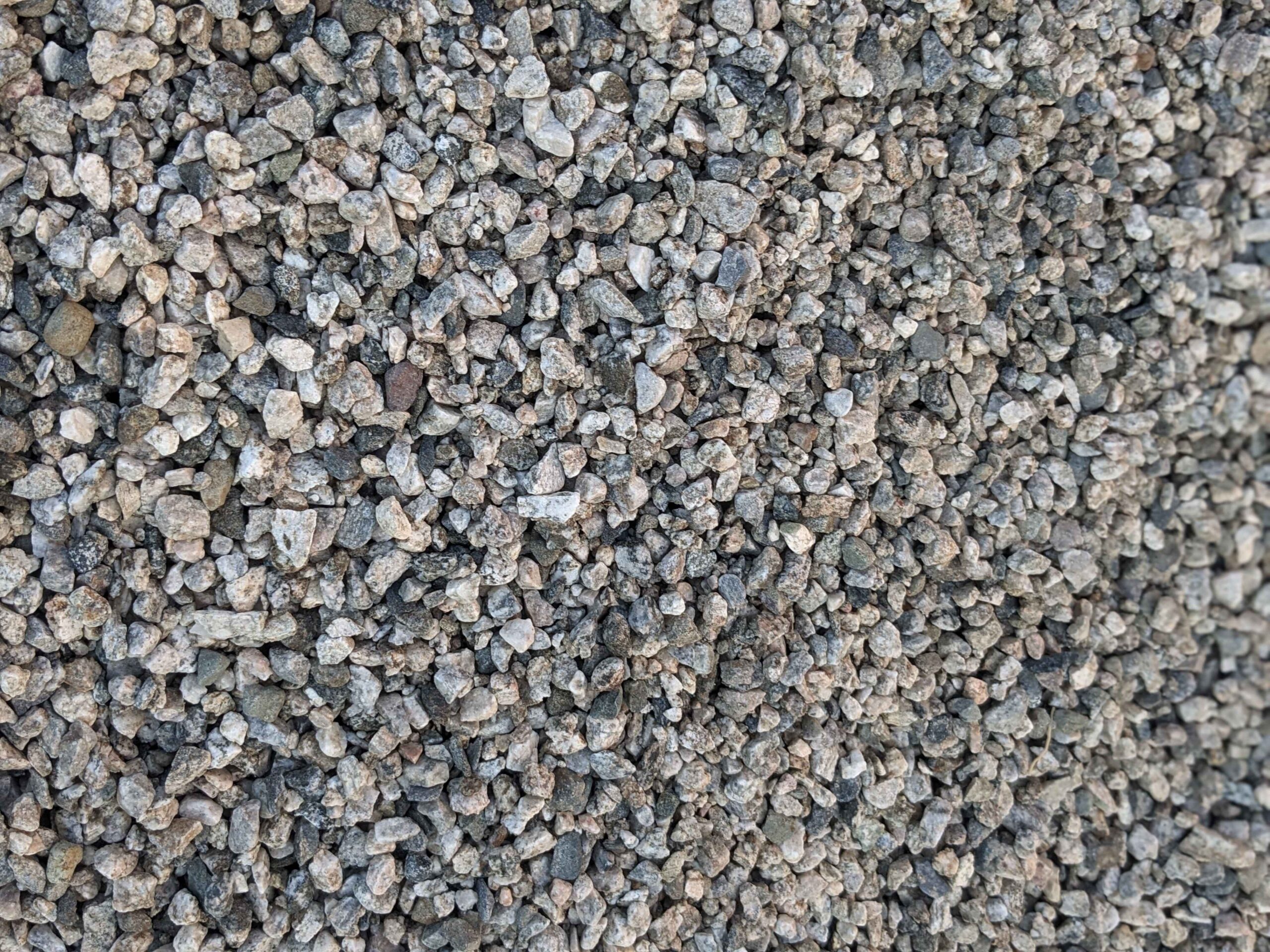Rock and aggregate are essential materials in construction projects. Whether you’re building a road, laying a foundation, or adding drainage to your property, finding the right rock and aggregate is crucial. In this ultimate guide, we will explore the basics of rock and aggregate, the different types available, how to choose the right materials, and where to find them locally or online.
Understanding the Basics of Rock and Aggregate
Before diving into the specifics, it’s important to grasp the fundamentals of rock and aggregate. So, what exactly are rock and aggregate?
Rock refers to naturally occurring solid minerals composed of minerals or mineraloids. It can range in size from tiny particles to massive formations. Rocks are formed through various geological processes, including volcanic activity, erosion, and sedimentation. They can be classified into three main types: igneous, sedimentary, and metamorphic.
Igneous rocks are formed from the solidification of molten material, either below or above the Earth’s surface. They can be further categorized into intrusive and extrusive rocks, depending on where they solidify. Examples of igneous rocks include granite, basalt, and obsidian.
Sedimentary rocks are formed through the accumulation and compaction of sediments over time. These sediments can be derived from the weathering and erosion of pre-existing rocks or the deposition of organic matter. Some common types of sedimentary rocks are sandstone, limestone, and shale.
Metamorphic rocks are formed when existing rocks undergo changes in their mineral composition and texture due to high temperatures and pressures. This transformation can occur deep within the Earth’s crust or during tectonic activities. Examples of metamorphic rocks include marble, slate, and gneiss.
On the other hand, aggregate refers to a combination of sand, gravel, crushed stone, and other similar materials, often used in construction. These materials are typically sourced from natural deposits or produced through crushing and screening processes. The size and composition of aggregate can vary depending on its intended use.
Importance of Rock and Aggregate in Construction
Rock and aggregate play a crucial role in construction projects. They provide stability, durability, and strength to structures. When used as a foundation or base material, rocks and aggregates distribute the weight of the structure evenly, preventing settlement and ensuring long-term stability.
Additionally, rocks and aggregates are essential for improving drainage in construction projects. They allow water to flow through the soil, preventing the accumulation of excess moisture that can lead to erosion or damage to the structure. Proper drainage is particularly important in areas prone to heavy rainfall or flooding.
Beyond their functional benefits, rocks and aggregates also contribute to the aesthetic appeal of landscapes. Different types of rocks and aggregates can be used to create visually pleasing designs, such as pathways, garden borders, and decorative features. They add texture, color, and character to outdoor spaces, enhancing the overall ambiance.
Furthermore, rocks and aggregates are widely used in the production of concrete and asphalt. These materials form the backbone of many construction projects, including roads, bridges, buildings, and dams. The quality and properties of the aggregate directly impact the strength and durability of the final product.
In conclusion, understanding the basics of rock and aggregate is essential for anyone involved in construction or landscaping. From their geological origins to their practical applications, rocks and aggregates offer a wealth of possibilities and benefits. Whether it’s providing stability to structures, improving drainage, or adding beauty to outdoor spaces, these materials are indispensable in the world of construction.
Types of Rock and Aggregate
Now that we understand the basics, let’s explore the different types of rock and aggregate commonly used in construction:
Crushed Stone
Crushed stone is a versatile material that is commonly used for driveways, pathways, and as a base for concrete. It is produced by crushing large rocks into smaller, more manageable sizes, and comes in various grades, depending on its intended use.
Crushed stone is a popular choice for many construction projects due to its durability and affordability. It can withstand heavy loads and is resistant to erosion, making it ideal for driveways and walkways that experience high traffic. Additionally, the different grades of crushed stone allow for customization based on the specific needs of the project. For example, finer grades are often used for creating a smooth surface, while coarser grades are used for providing stability and drainage.
Furthermore, crushed stone is not only functional but also aesthetically pleasing. It comes in a variety of colors, including white, gray, and beige, allowing for creative design options. Whether used as a decorative element or as a functional component, crushed stone adds visual appeal to any construction project.
Gravel
Gravel is another widely used material in construction. It consists of small stones, typically between 2mm and 60mm in diameter. Gravel is commonly used for making concrete, road base materials, and landscaping projects.
One of the advantages of using gravel is its ability to provide excellent drainage. The gaps between the stones allow water to flow freely, preventing the accumulation of water and reducing the risk of flooding. This makes gravel an ideal choice for areas prone to heavy rainfall or where proper drainage is essential.
In addition to its functional benefits, gravel also offers aesthetic value. Its natural appearance blends well with various landscaping styles, making it a popular choice for creating paths, driveways, and garden features. Furthermore, gravel comes in different colors and sizes, allowing for customization and creative design possibilities.
Sand
Sand is a granular material composed of finely divided rock and mineral particles. It is primarily used for mixing with cement to create mortar or for creating a solid base for pavers and other structures.
When mixed with cement, sand forms mortar, which is essential for many construction projects. Mortar acts as a binding agent, holding bricks, stones, or other materials together. It provides strength and stability to structures such as walls, foundations, and chimneys. The quality of sand used in mortar greatly influences the overall strength and durability of the construction.
Aside from its role in mortar, sand is also used as a base material for various structures. When properly compacted, sand provides a stable foundation for pavers, tiles, and other outdoor features. It helps distribute the weight evenly, preventing sinking or shifting of the surface. Additionally, sand can be used for leveling uneven ground, creating a smooth and even surface for construction.
Overall, sand is a versatile material that plays a crucial role in construction. Its ability to bind, support, and level makes it an essential component in many projects.
How to Choose the Right Rock and Aggregate
Choosing the right rock and aggregate for your project can be challenging. Several factors need to be considered:
When it comes to selecting the perfect rock and aggregate for your project, there are a multitude of factors that need to be taken into consideration. One of the most important factors is the specific requirements of your project. Are you looking for materials that have a high load-bearing capacity? Or perhaps you need materials that have excellent drainage capabilities? It is crucial to identify the specific needs of your project before making a decision.
Another important consideration is the aesthetic preferences of your project. Do you want a rock and aggregate that will blend seamlessly with the surrounding environment, or are you looking for something that will make a bold statement? The choice of rock and aggregate can greatly impact the overall visual appeal of your project, so it is essential to choose materials that align with your desired aesthetic.
In addition to the specific requirements and aesthetic preferences, it is also important to consider the location and climate of your project. Different regions have different environmental conditions, and it is crucial to choose materials that can withstand these conditions. For example, if you live in an area with harsh winters, you will need to select rock and aggregate that can withstand freezing temperatures and potential frost heaving.
Factors to Consider
Consider the specific requirements of your project, such as the load-bearing capacity, drainage needs, and aesthetic preferences. Additionally, consider the location and climate to ensure the materials can withstand environmental conditions.
When it comes to load-bearing capacity, it is important to choose rock and aggregate that can support the weight of your project. This is especially important for projects such as driveways, walkways, and retaining walls. Choosing materials that are not strong enough to handle the load can result in structural failure and costly repairs.
Drainage needs are another crucial factor to consider. If your project requires materials that allow for proper water drainage, it is important to choose rock and aggregate that have good permeability. This will prevent water from pooling and causing damage to your project.
Lastly, considering the location and climate of your project is essential to ensure the longevity of your materials. Different types of rock and aggregate have varying levels of resistance to weathering and erosion. By selecting materials that are suitable for your specific location and climate, you can ensure that your project will withstand the test of time.
Common Mistakes to Avoid
Avoid common mistakes, such as underestimating the quantity of materials needed, failing to properly prepare the site, and neglecting to consult with professionals. These mistakes can lead to project delays, cost overruns, and compromised results.
Underestimating the quantity of materials needed is a common mistake that can lead to unnecessary delays and additional costs. It is important to accurately calculate the amount of rock and aggregate required for your project to avoid running out of materials mid-way through construction.
Properly preparing the site is another crucial step that should not be overlooked. Failing to clear the area of debris, level the ground, or provide adequate drainage can result in poor project outcomes. Taking the time to properly prepare the site will ensure a solid foundation for your rock and aggregate.
Consulting with professionals is highly recommended when choosing the right rock and aggregate for your project. Professionals have the knowledge and expertise to guide you in selecting the most suitable materials for your specific needs. They can also provide valuable insights and recommendations based on their experience, helping you avoid costly mistakes and achieve optimal results.
Sourcing Rock and Aggregate Locally
When it comes to sourcing rock and aggregate, local suppliers often provide significant benefits:
Benefits of Local Sourcing
Local sourcing offers advantages such as reduced transportation costs, faster delivery times, and the ability to inspect materials before purchasing. Additionally, supporting local suppliers contributes to the local economy.
How to Find Local Suppliers
To find local suppliers, start by researching reputable companies in your area. Ask for recommendations from contractors or visit local construction supply stores. Online directories and search engines can also help you find suppliers near you.
Online Platforms for Finding Rock and Aggregate
If local sourcing is not feasible or you prefer the convenience of online shopping, there are several platforms available:
Top Online Marketplaces
Platforms such as [Online Marketplace 1] and [Online Marketplace 2] offer a wide selection of rock and aggregate from various sellers. These platforms often provide customer reviews and ratings to help you make informed decisions.
Tips for Online Purchasing
When purchasing rock and aggregate online, ensure you are buying from reputable sellers. Read customer reviews, check product descriptions and specifications, and compare prices. It’s important to factor in shipping costs and delivery timelines.
With this ultimate guide on finding rock and aggregate near you, you’re equipped with the knowledge to make informed decisions for your construction projects. Remember to consider the basics, explore the types available, choose wisely, and find reliable local or online suppliers. Happy building!
Start Your Project with Bulk Aggregate Supply
Ready to take the next step in your construction or landscaping project? Look no further than Bulk Aggregate Supply, your nationwide provider of top-quality aggregates. With our white glove service, you can effortlessly order dirt, sand, gravel, riprap, crushed concrete, and more, without the hassle of calling around for quotes. Experience our exceptional customer service and enjoy the convenience of having high-quality materials delivered directly to your site, no matter the size of your project. Check out our products today and let us help you build with confidence!


